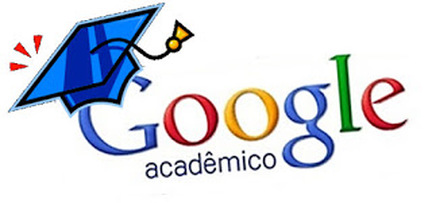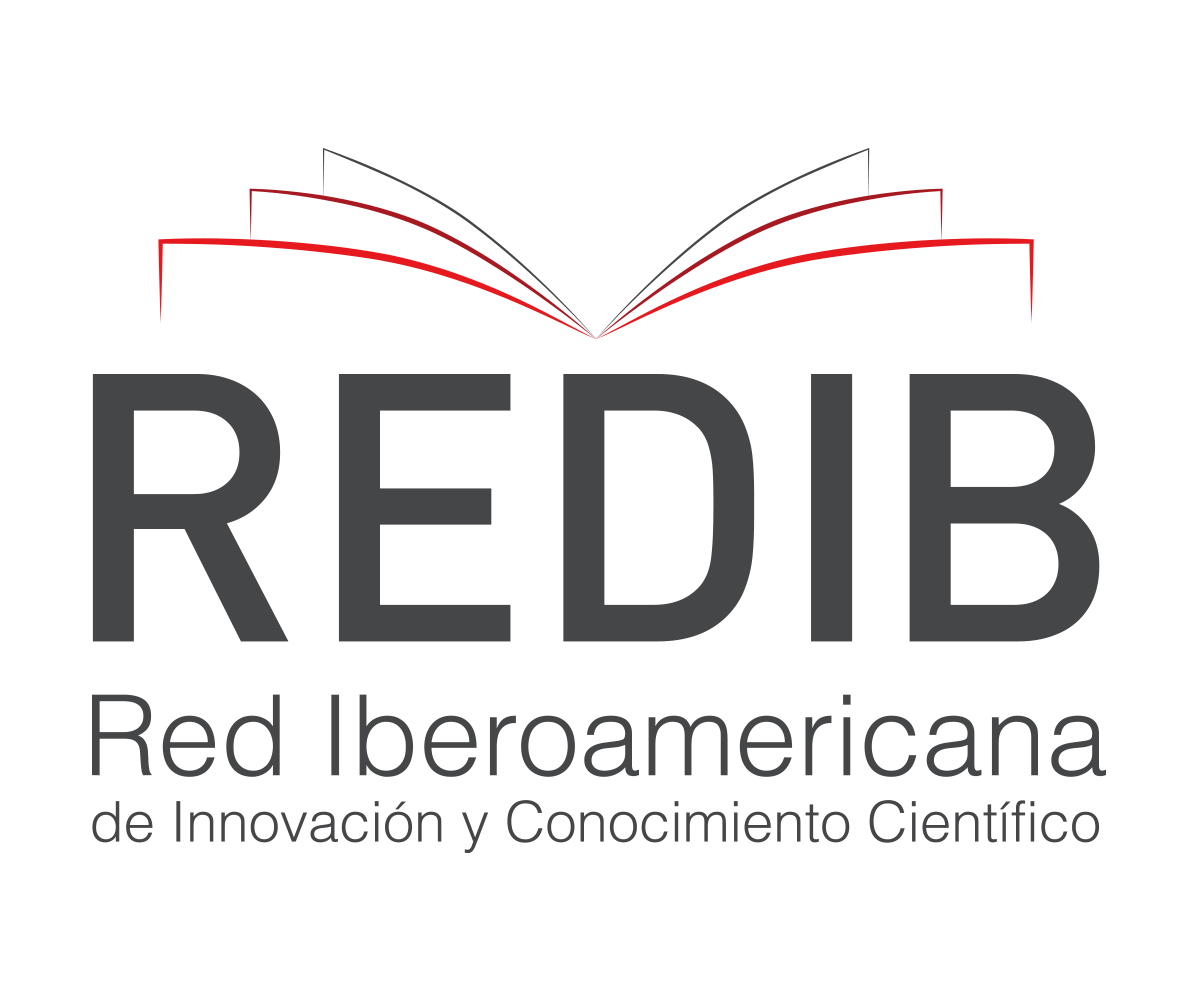Aquaculture sustainability certification: a market analysis with consumers
DOI:
https://doi.org/10.52138/citec.v15i1.268Keywords:
: Productive chain. Sustainable development. Export. National market. Fisheries resourcesAbstract
The present work aimed to carry out a research on the sustainability certification market for aquaculture, aiming to assess the acceptance of end consumers in the fish production chain and provide subsidies for the development of production systems that do not negatively impact the environment. and society, as well as bringing economic benefits to small producers. To reach the objective, a bibliographic research was carried out followed by a qualitative-quantitative study. Data collection for market research was carried out online with Google Forms, through a semi-structured questionnaire that addressed issues related to the proposed objective. 124 people were interviewed and the results showed that 23% of them do not reflect on the issue of pollution generated in food production, demonstrating the need to raise awareness of society. In addition, 52% of respondents are not informed about the origin of what they consume, however, when asked about the availability of certified products for sale, 93% said they would like certified products to be available in supermarkets and 60% would pay more, showing that there is a specific market. The research showed that there is a lack of knowledge among consumers in relation to aquaculture and certification issues, and that there is a small consumption of aquatic organisms, but on the other hand, there is also a great interest of the interviewees in consuming products with quality and sustainability certification.
Downloads
References
AQUACULTURE STEWARDSHIP COUNCIL (ASC). Padrões de normas para as fazendas. 2021. Disponível em: https://br.asc-aqua.org/o-que-fazemos/nossos-padroes-de-normas-para-as-fazendas/. Acesso em: 24 jul. 2021.
BAP CERTIFICATION. Best Aquaculture Practices. 2021. Disponível em: https://www.bapcertification.org/. Acesso em: 18 ju.l de 2021.
COMISSÃO EUROPEIA, Agência Executiva Europeia do Clima, Infraestrutura e Ambiente, 2021. Critérios de sustentabilidade para a economia azul: relatório principal, Serviço das Publicações. Disponível em: https://data.europa.eu/doi/10.2826/399476. Acesso em: 03 maio 2020.
FOOD AND AGRICULTURE ORGANIZATION (FAO). 2016. The State of World Fisheries and Aquaculture 2016. Contributing to Food Security and Nutrition for All. Rome.
FRIENDS OS THE SEA. Certification for Sustainable Seafood, Fisheries and Aquaculture Products. Disponível em: https://friendofthesea.org/sustainable-standards-and-certifications/sustainable-aquaculture/. Acesso em: 11 jun. 2020.
GLOBALG.A.P. Good Agricultural Practice. Disponível em: https://www.globalgap.org/uk_en/for-producers/globalg.a.p./integrated-farm-assurance-ifa/aquaculture/. Acesso em: 03 maio 2020.
KIMPARA, J. M; ZADJBAND, A. D; VALENTI, W. C. Métodos para mediar a sustentabilidade na aquicultura. Embrapa Meio Norte, Teresina-PI - 2012.
LOPES, I. G; DE OLIVEIRA, R. G.; RAMOS, F. M. Perfil do consumo de peixes pela população brasileira. Biota Amazônia, v. 6, n. 2, p. 62-65, 2016.
MENEZES, J. B. Peixe brasileiro tem que ser exportado como produto premium. Entrevista concedida a Seafood Brasil. p. 1 – 7, 2016.
NASSAR, A. M. Certificação no agronegócio. Estudo temático apresentado In: Seminário Internacional PENSA de Agribusiness, Vol. 9. 1999.
OLIVEIRA, M. C; NOGUEIRA, G. D. M.; BOFO, D. C. S.; DAVID, L. H. C.; GARCIA, F. Pesquisa de mercado sobre tilápia do Nilo com potencial de certificação. Resumos...XV Seminário de Iniciação Cientifica do Instituto de Pesca, 13 de agosto 2020, online, São Paulo, SP.
OSTRENSKY, A., BORGHETTI, J.R.; SOTO, D. Estudo setorial para consolidação de uma aqüicultura sustentável no Brasil. 2007, 279 p. Grupo Integrado de Aquicultura e estudos ambientais, Curitiba. Disponível em:http://www.fao.org/fishery/docs/DOCUMENT/aquaculture/sect_study_brazil.pdf#page=21. Acesso em: 15 jun. 2020.
PEIXEBR. Anuário Brasileiro da Piscicultura Peixes BR 2022. Associação Brasileira da Piscicultura.
PEDROZA FILHO, M. X. et al. O mercado de peixes da piscicultura no Brasil: estudo do segmento de supermercados. Embrapa Pesca e Aquicultura-Boletim de Pesquisa e Desenvolvimento, 2020.
RODRIGUES, L. S.; et al. Panorama da aquicultura no Brasil: desafios e oportunidades. BNDES Setorial, n. 35, mar. 2012, p. 421-463, 2012.
SAMPAIO, F. G.; COSTA, M. S. N. Certificação e selos de qualidade asseguram requisitos na produção. Embrapa Meio Ambiente. Visão agrícola Vol. 11, p. 40 – 44, 2012.
UNITED NATIONS. 2016. The First Global Integrated Marine Assessment: World Ocean Assessment I. Group of Experts of the Regular Process. New York.
VALENTI, W. C.; KIMPARA, J. M.; PRETO, B. D. L.; MORAES-VALENTI, P. Indicators of sustainability to assess aquaculture systems. Ecological indicators, v. 88, p. 402-413, 2018.
VALENTI, W. C; BARROS, H. P; MORAES-VALENTI, P; BUENO, G. W; CAVALLI, R. O. Aquaculture in Brazil: past, present and future. Aquaculture Reports. p. 1-18, v. 19, 2021.
WORLD BANK; UNITED NATIONS DEPARTMENT OF ECONOMIC AND SOCIAL AFFAIRS. The potential of the blue economy: increasing long-term benefits of the sustainable use of marine resources for small island developing states and coastal least developed countries. 2017.
Downloads
Published
How to Cite
Issue
Section
License
Copyright (c) 2023 Ciência & Tecnologia

This work is licensed under a Creative Commons Attribution 4.0 International License.










